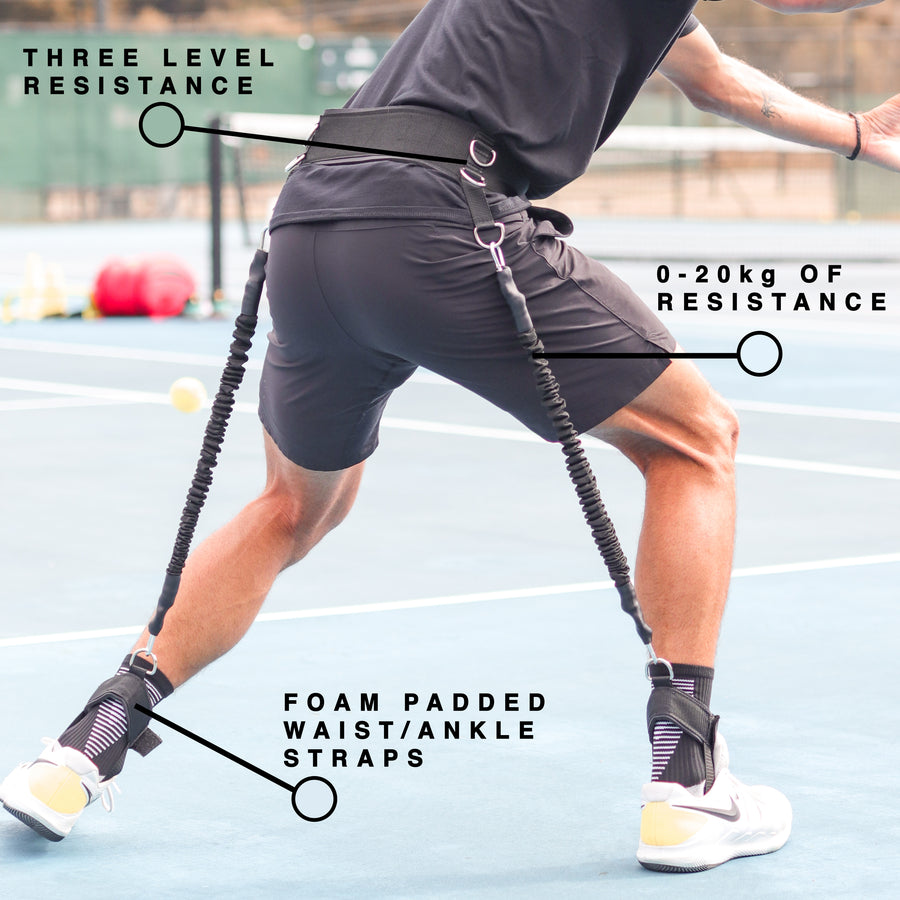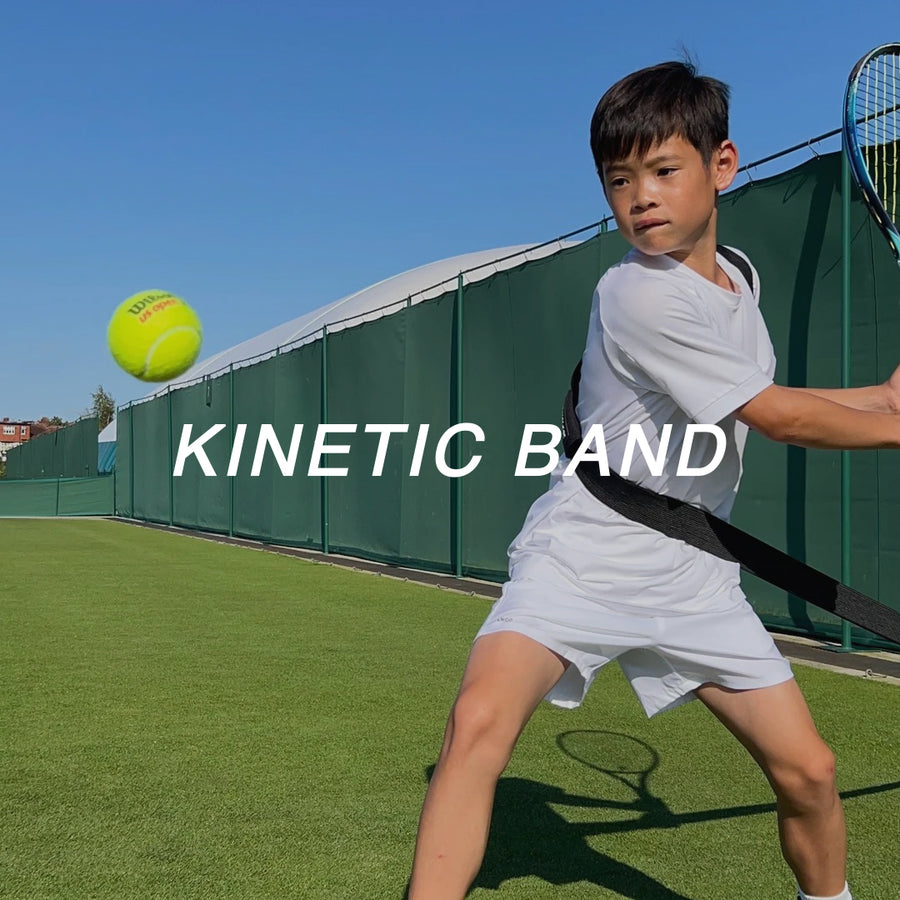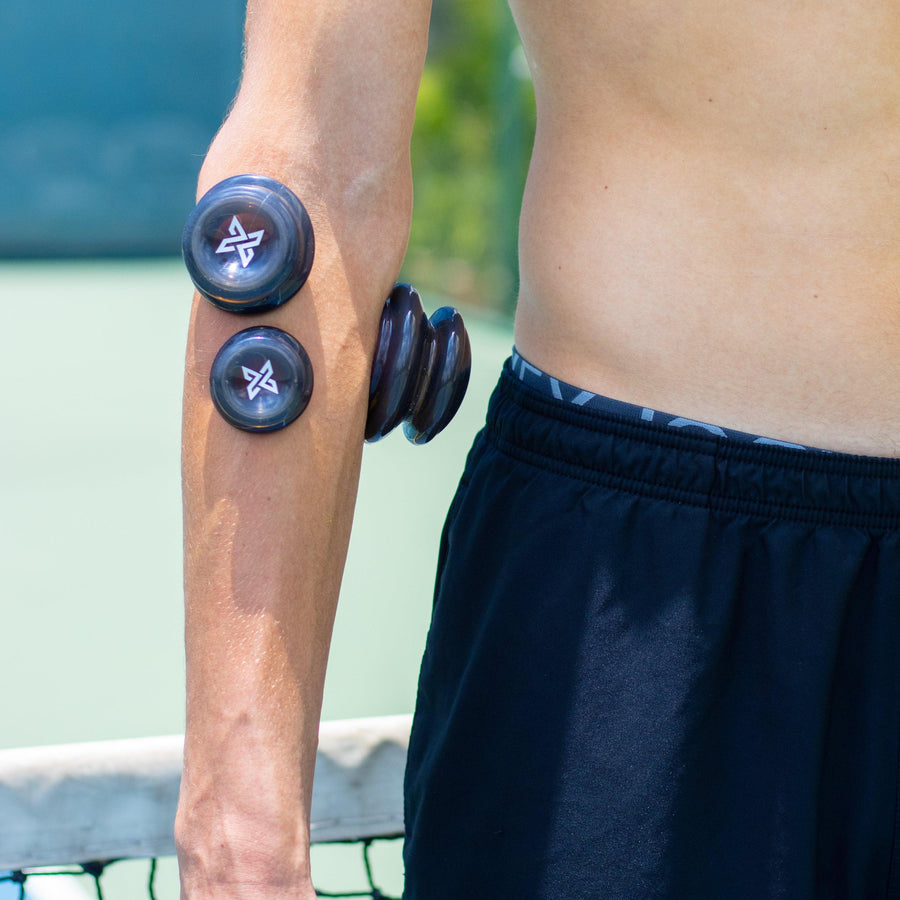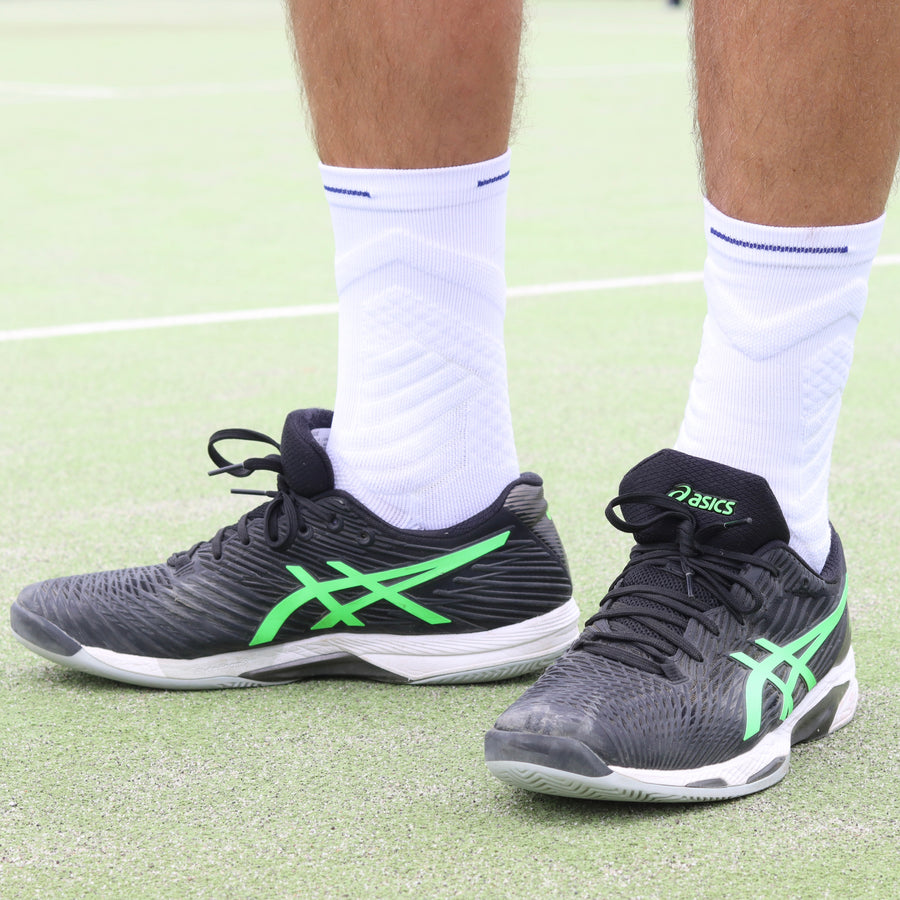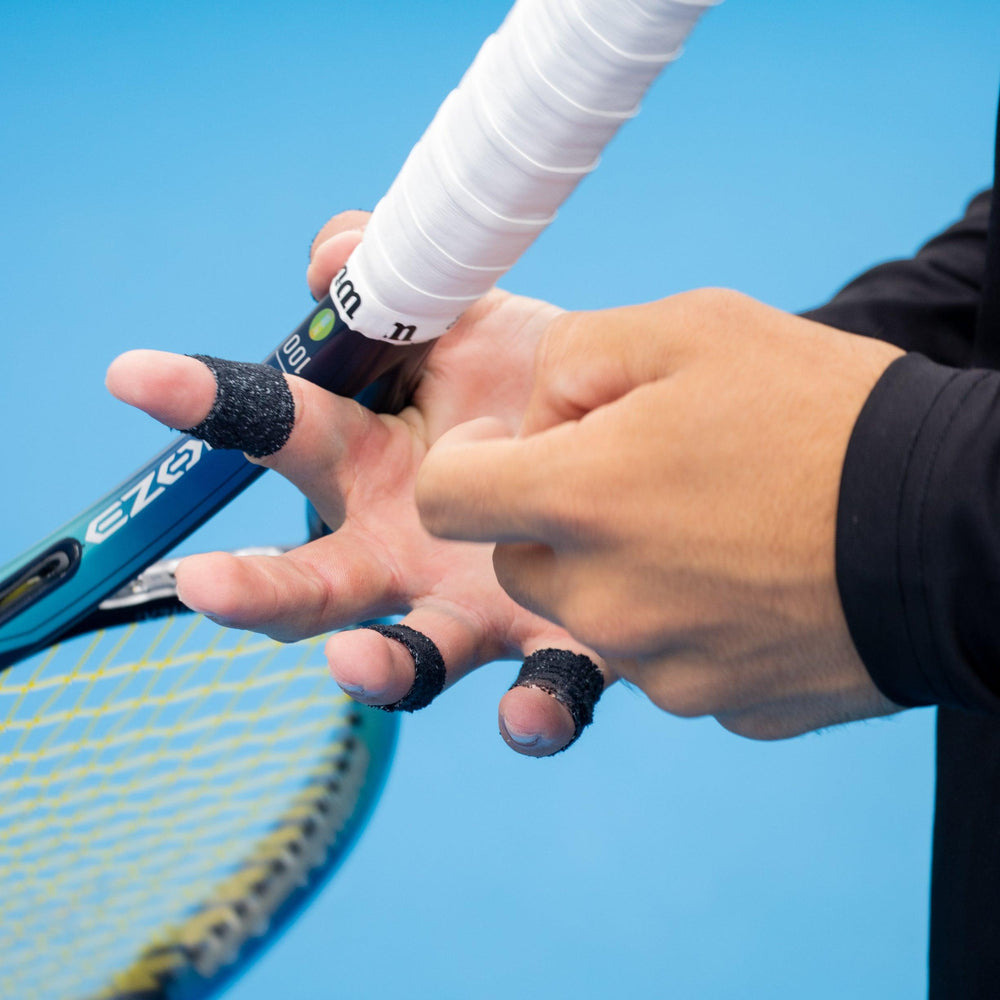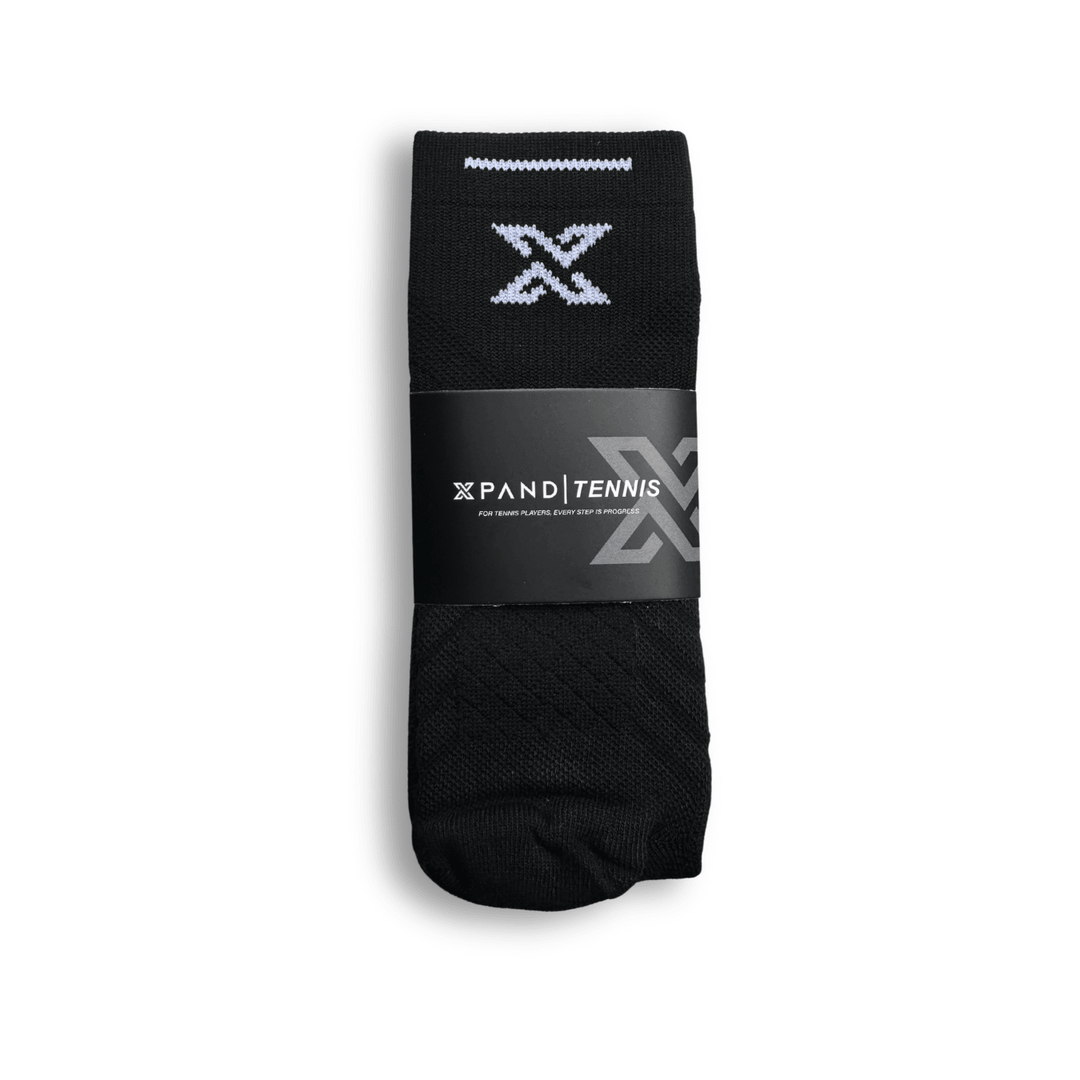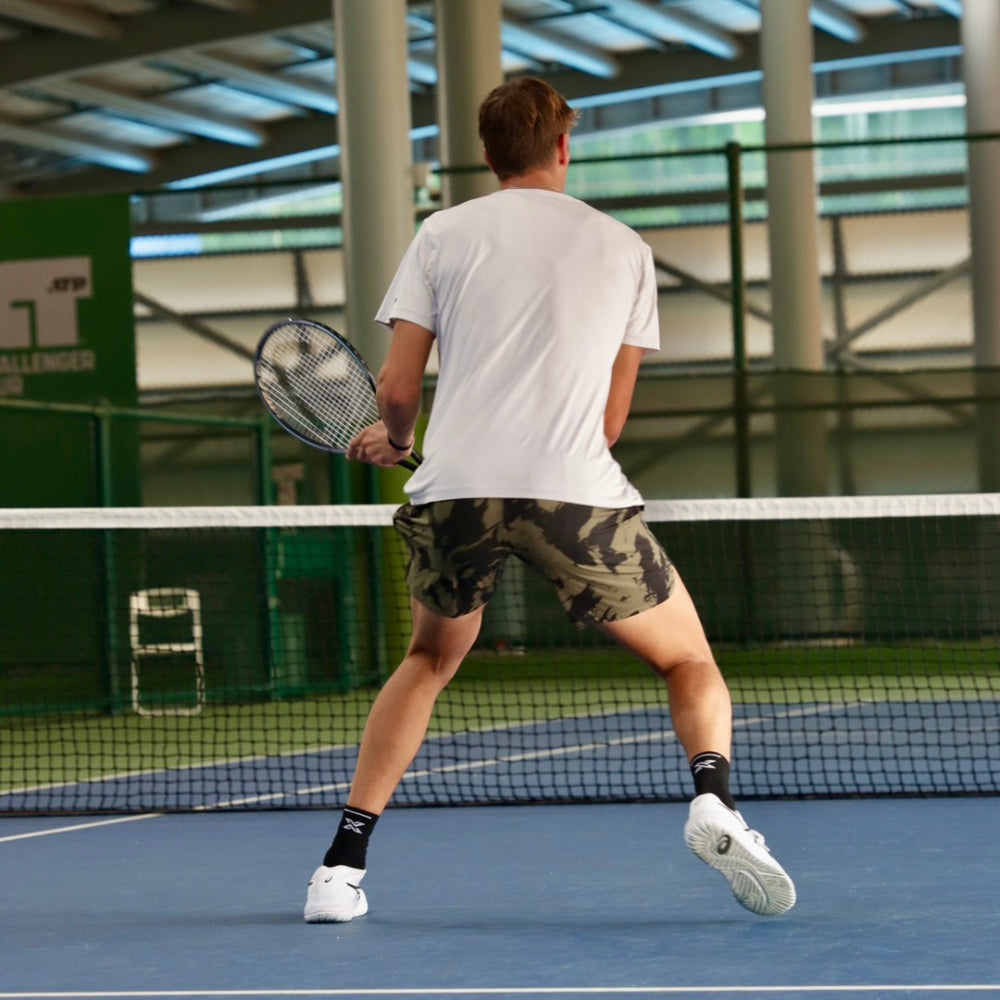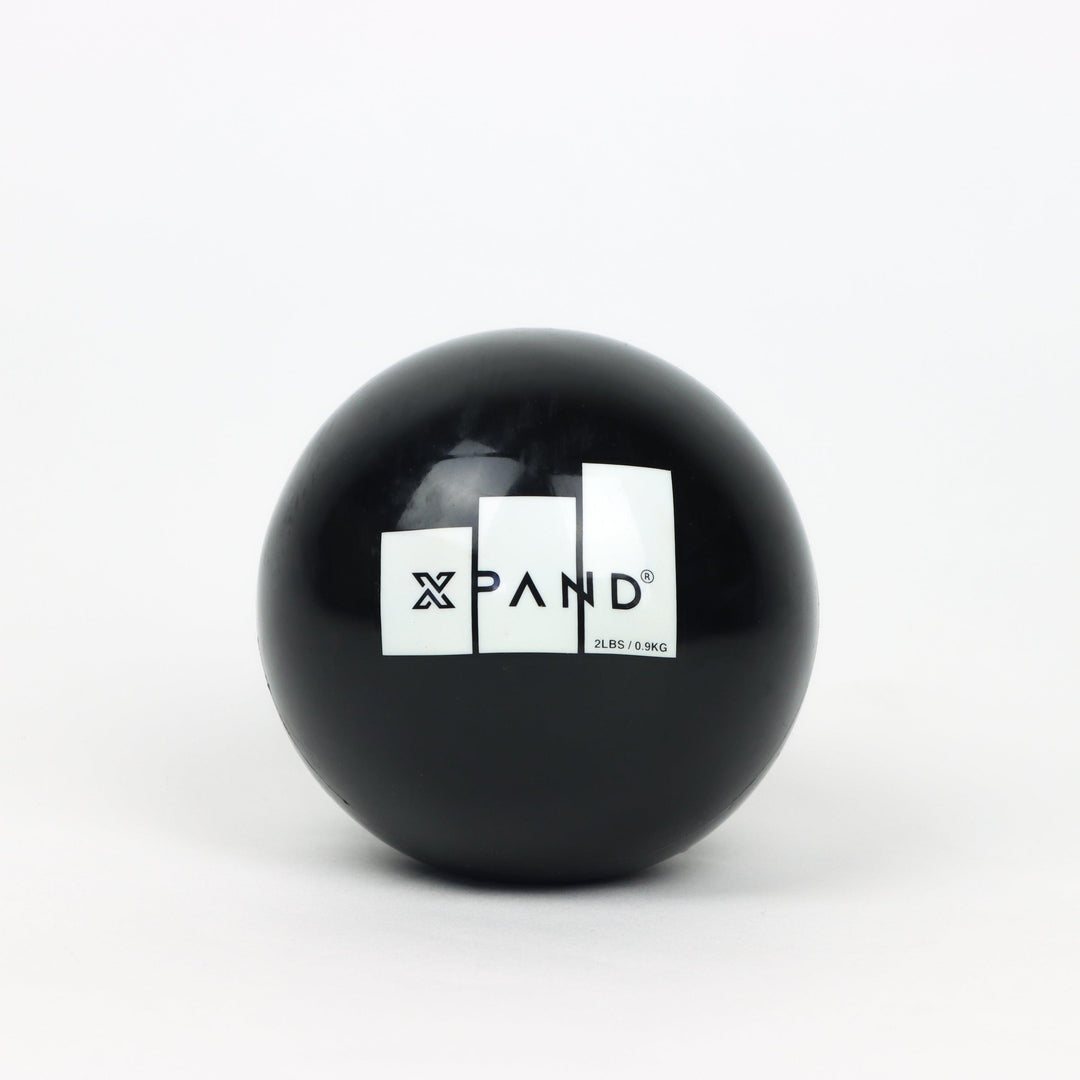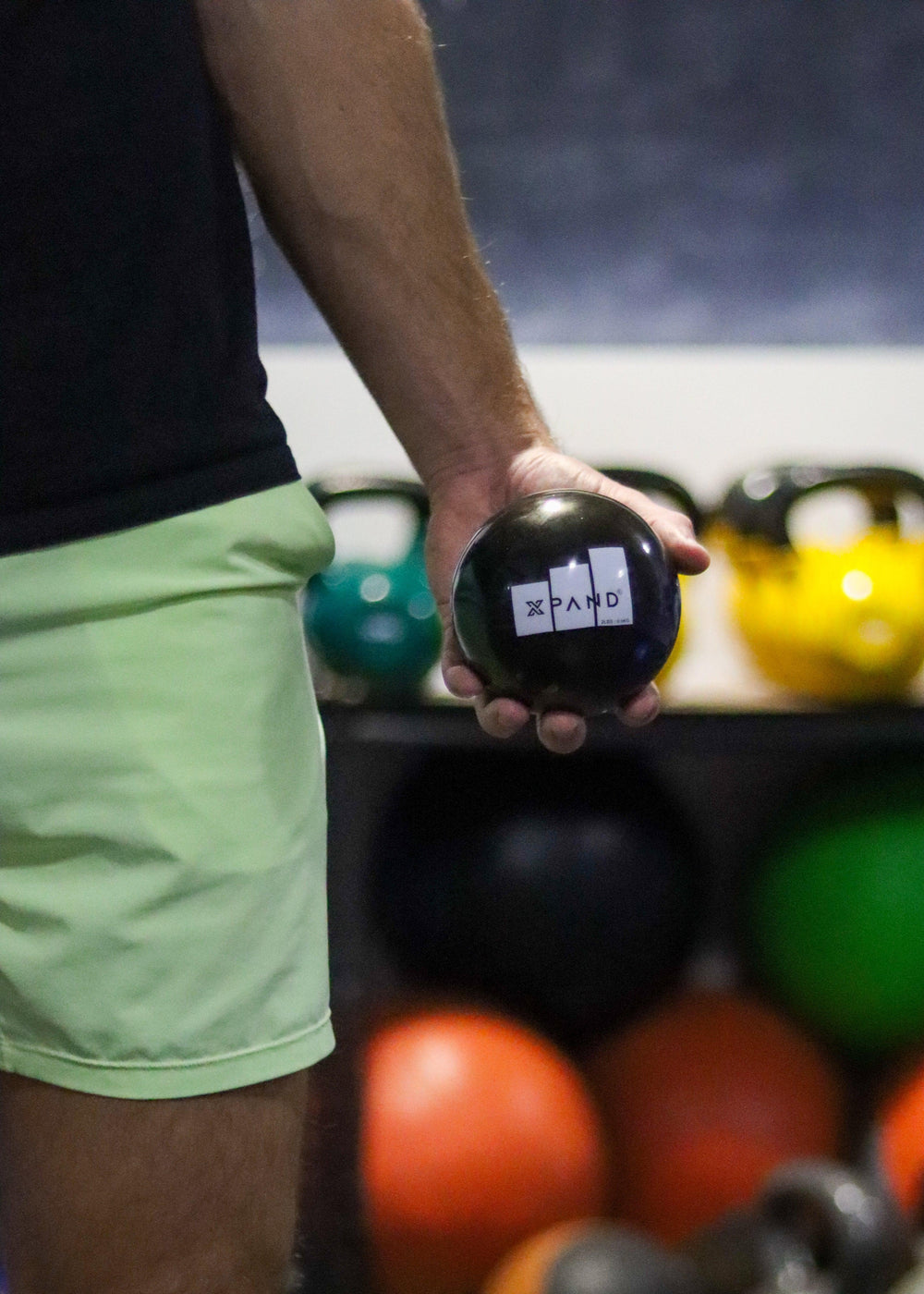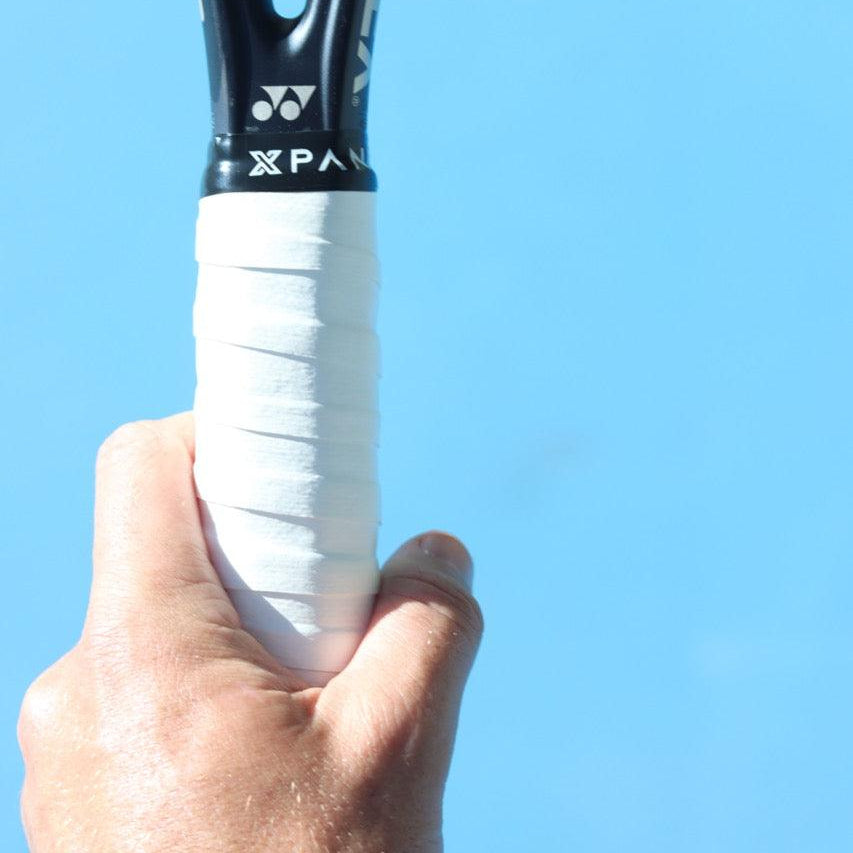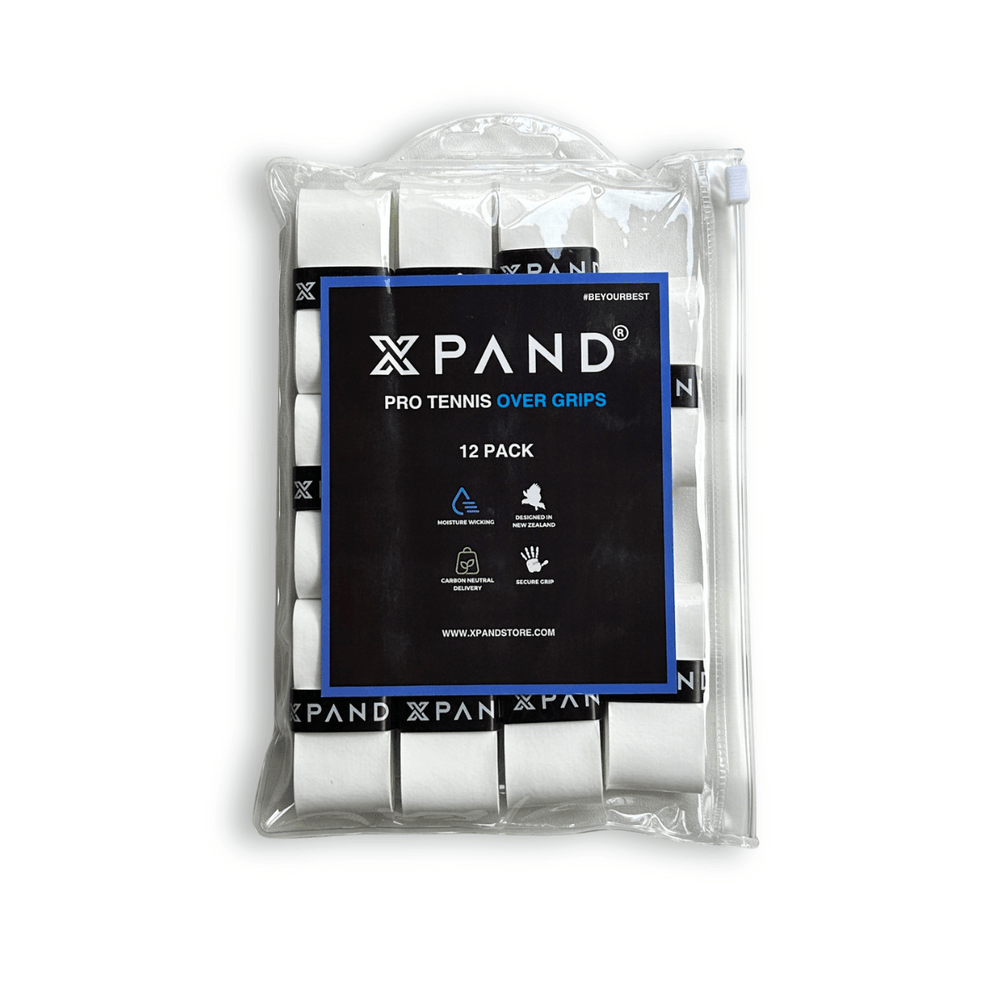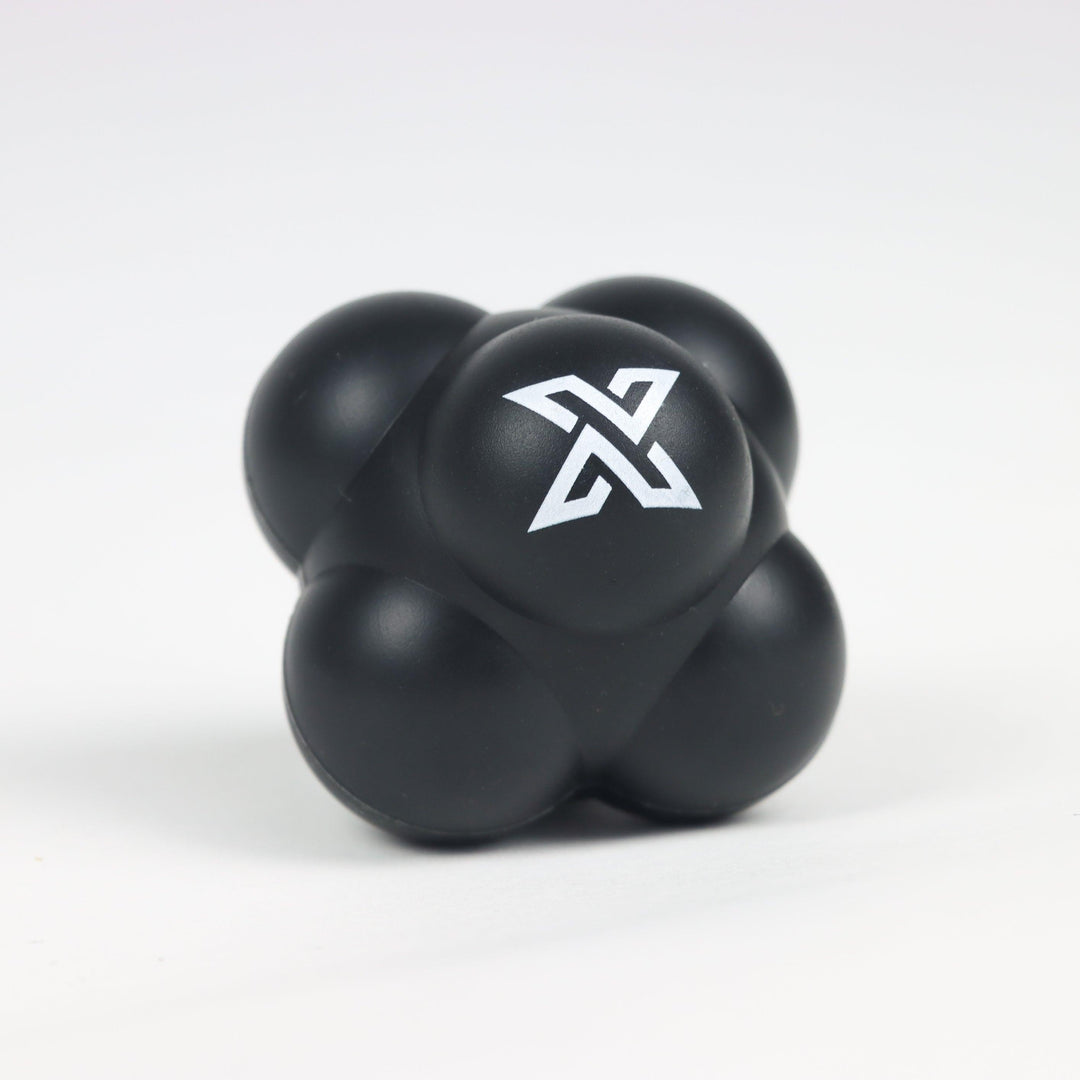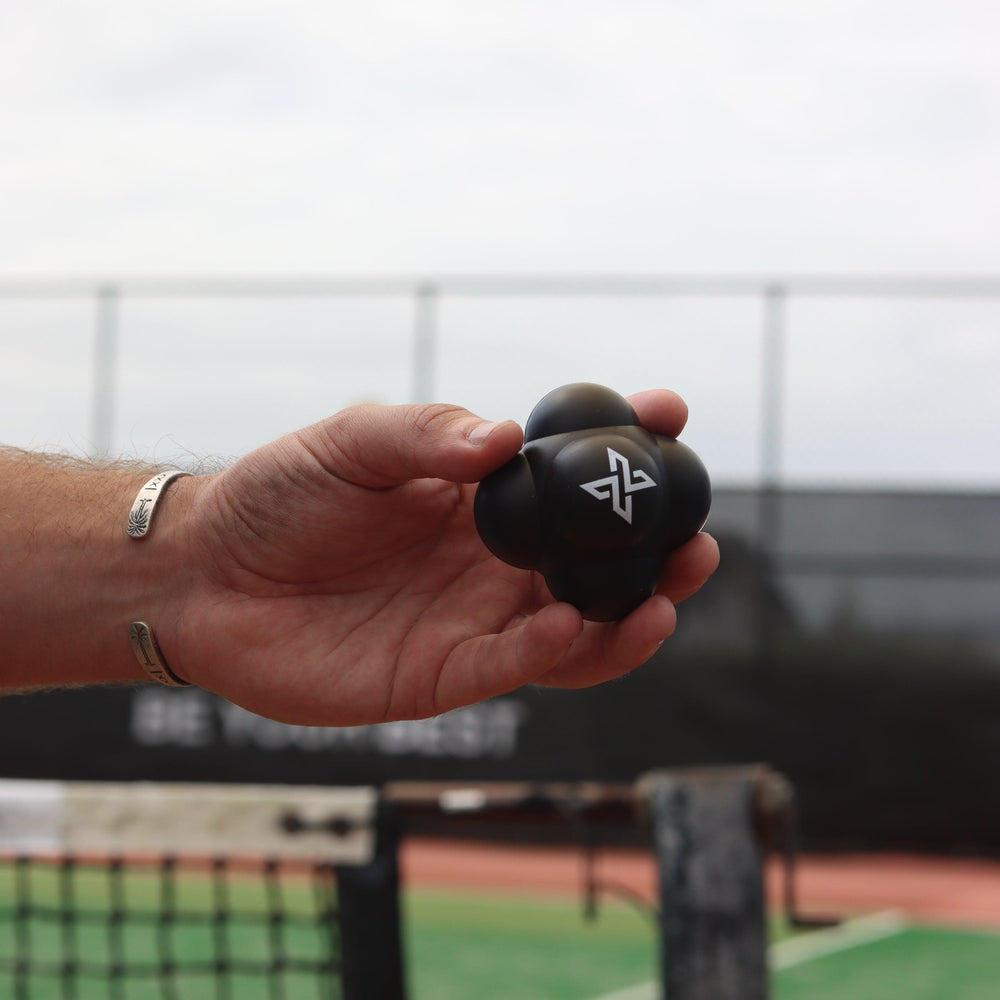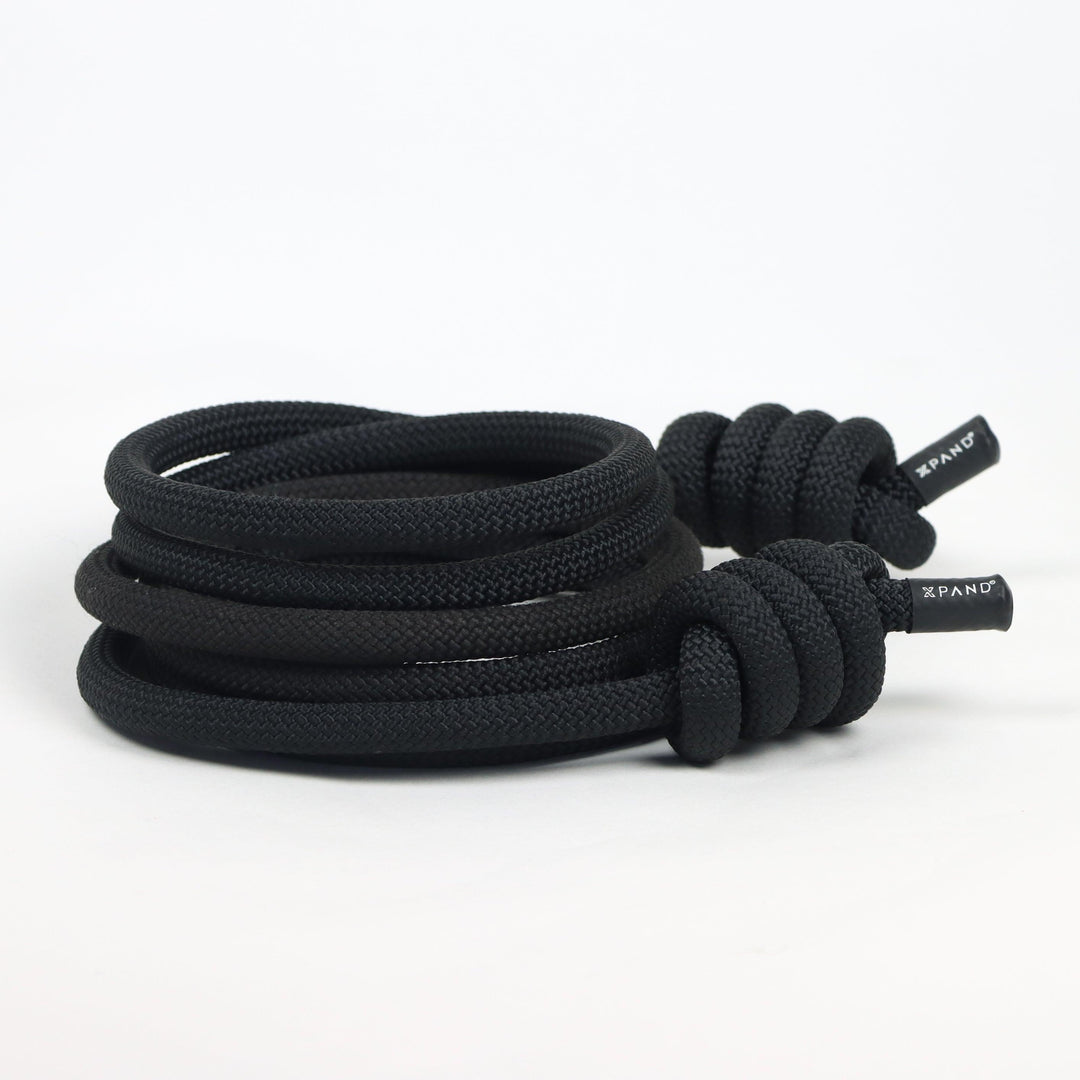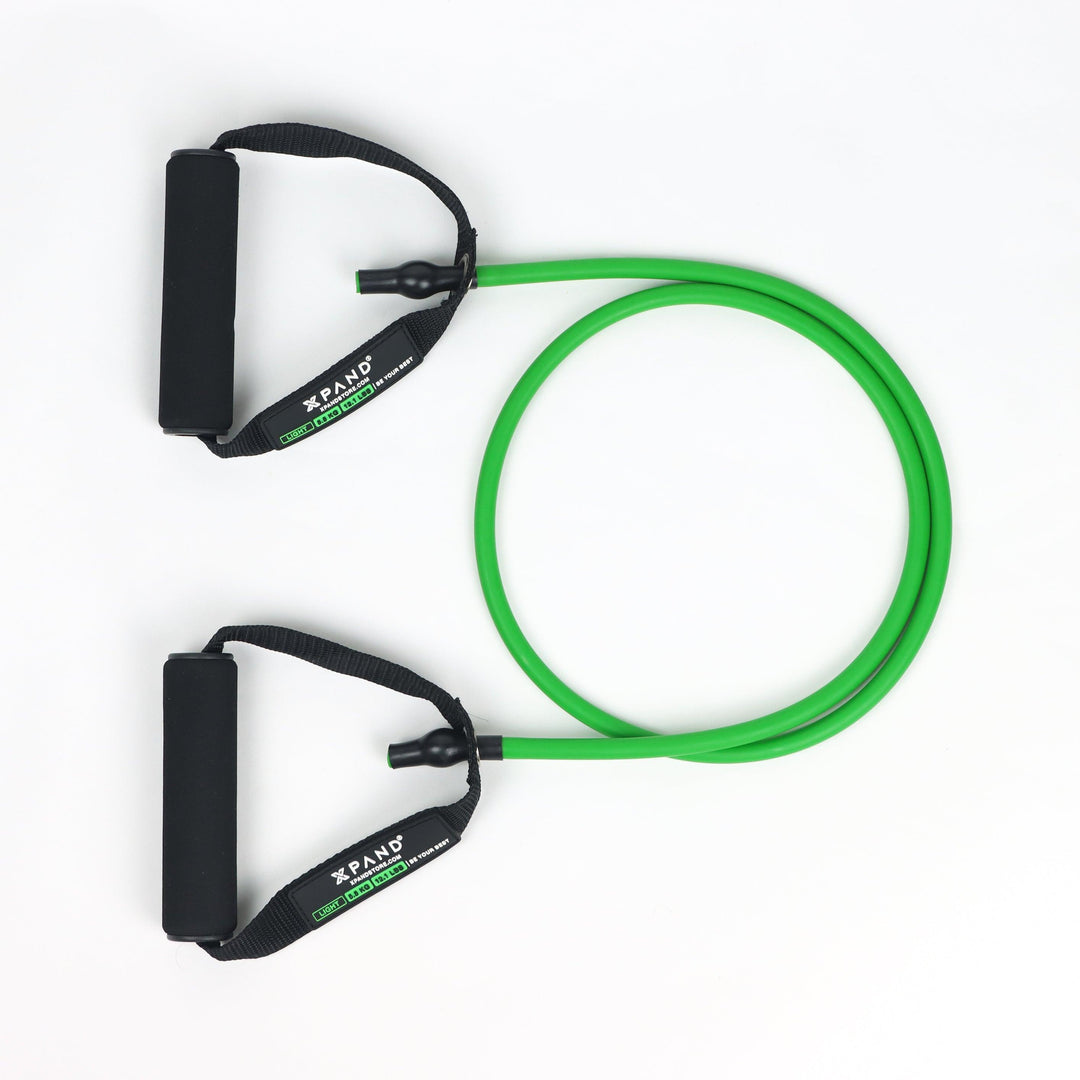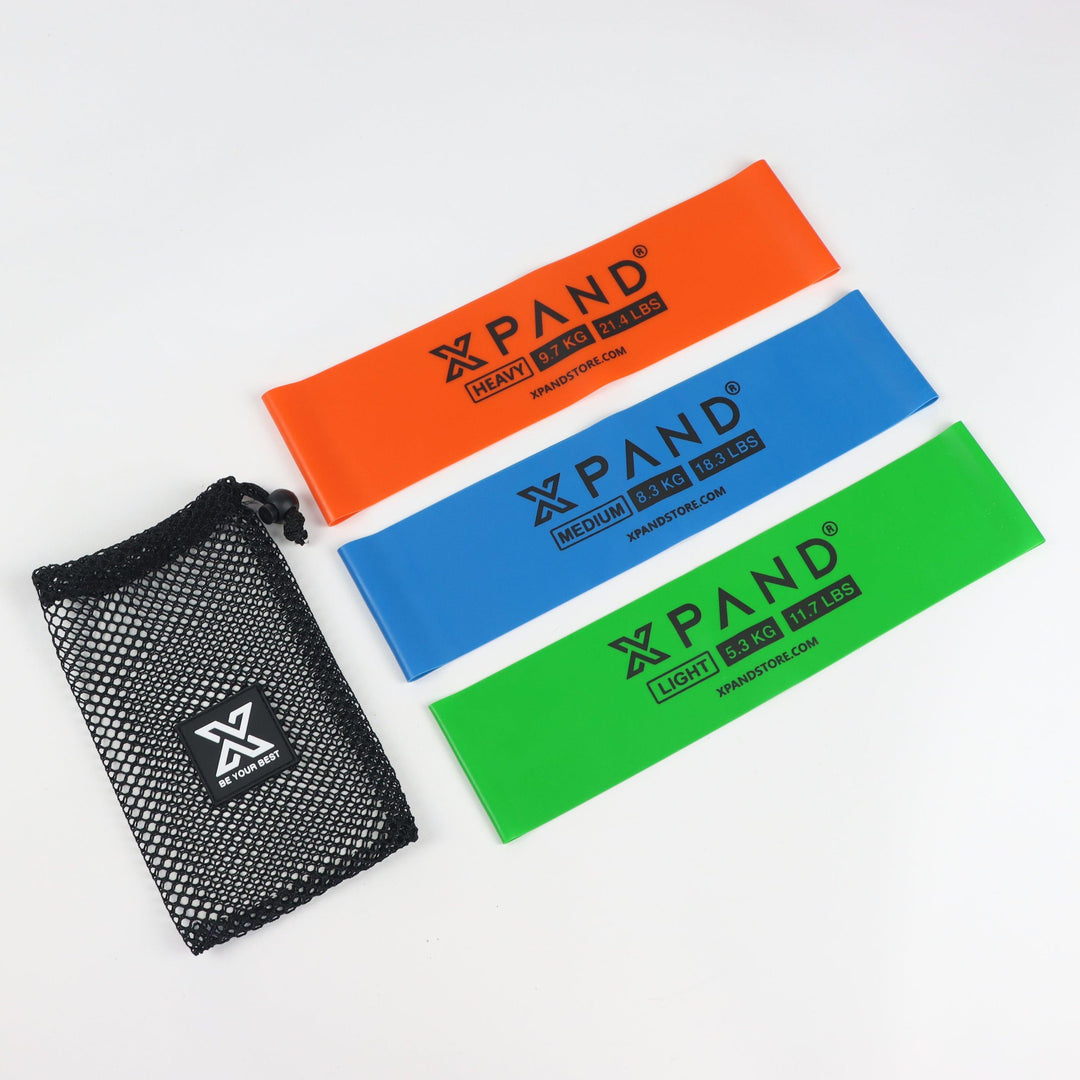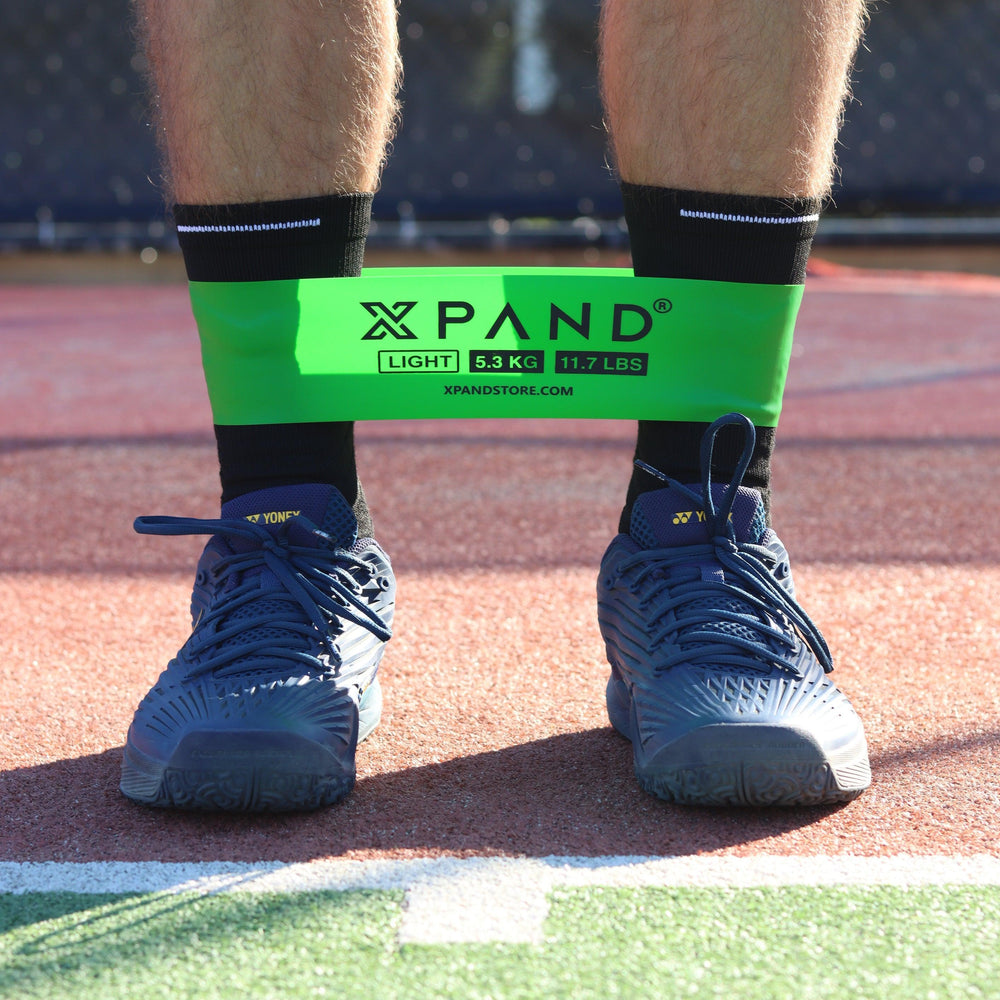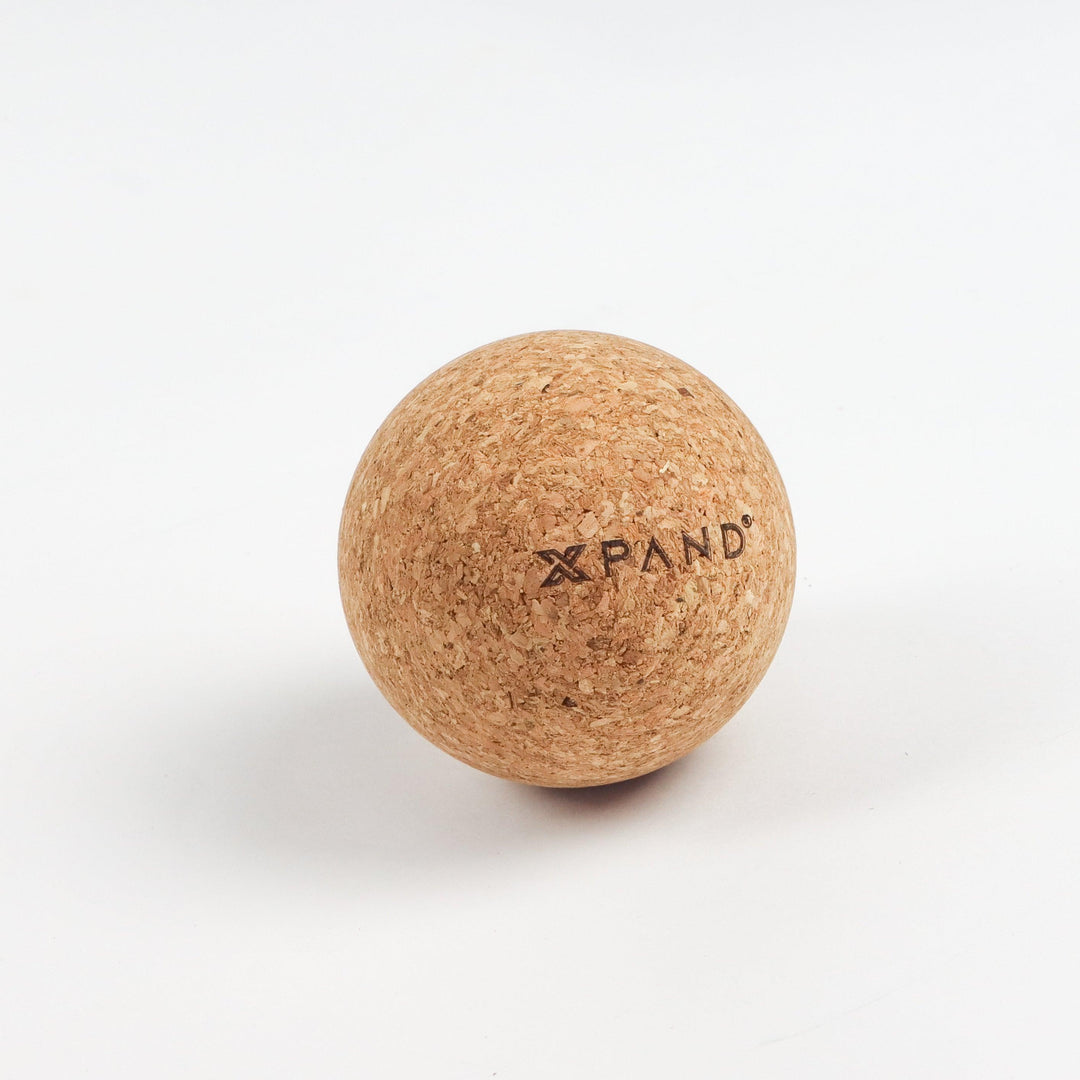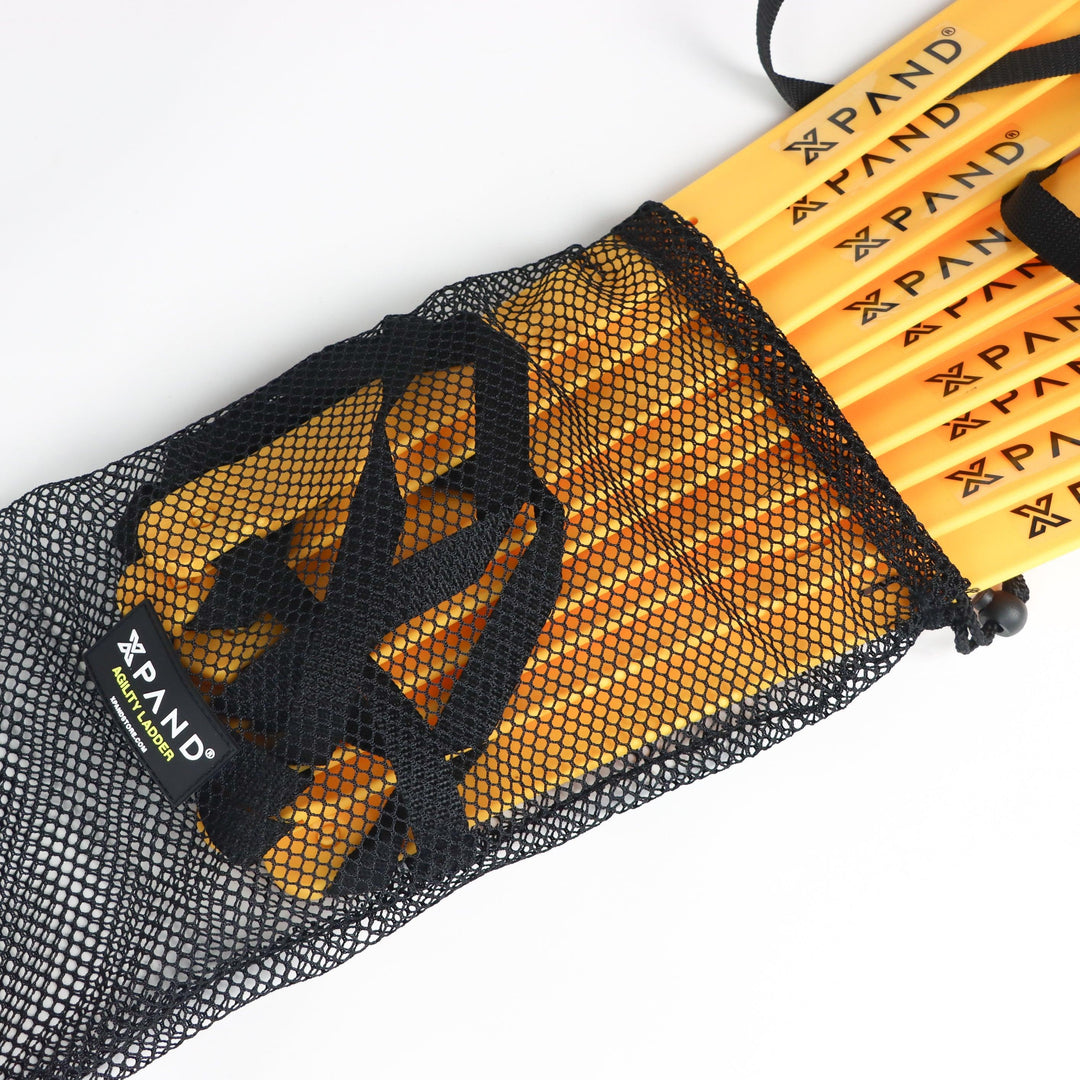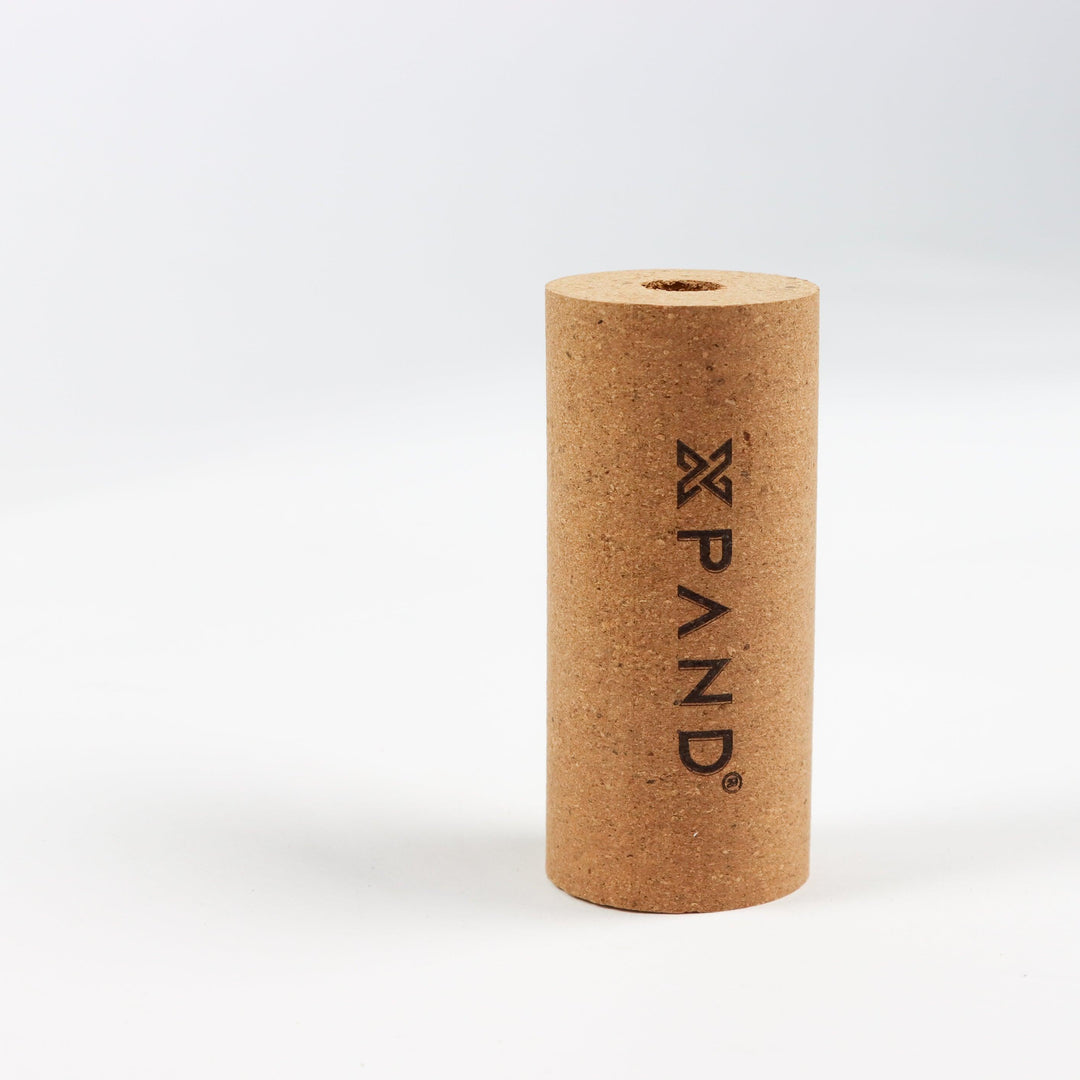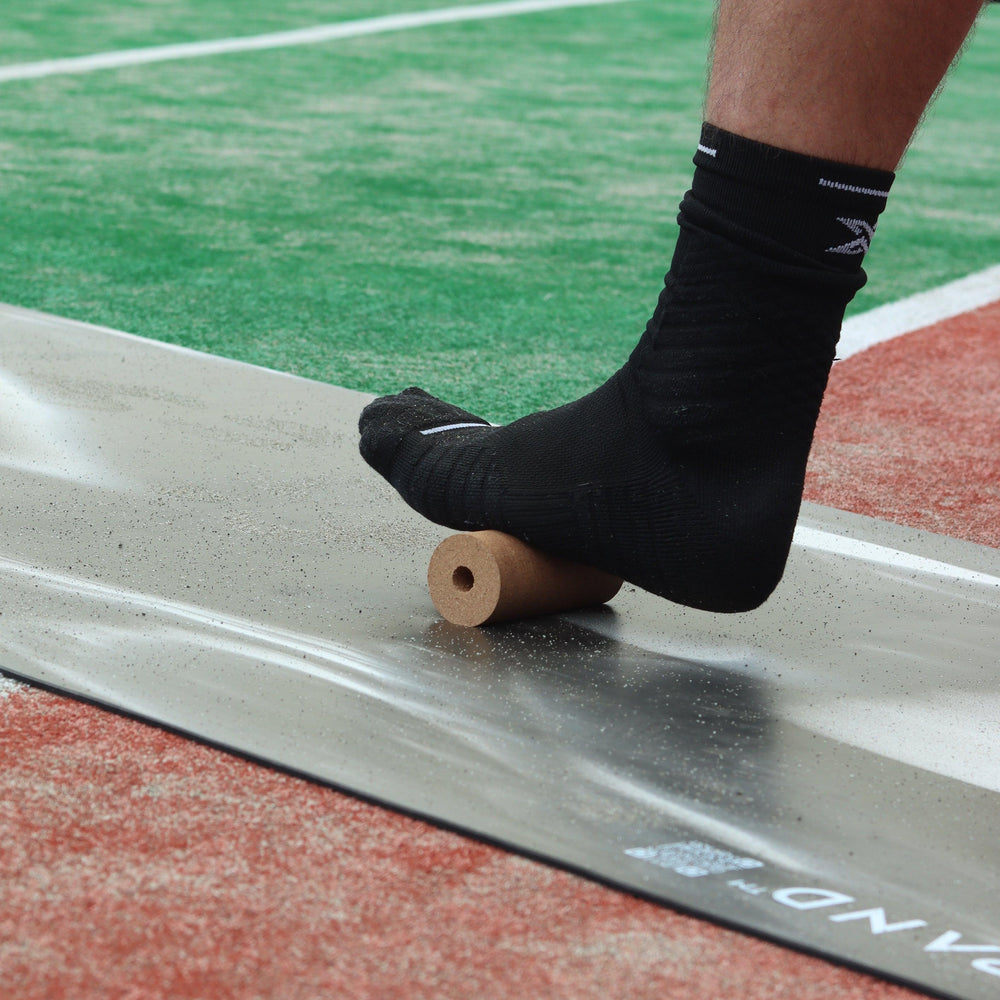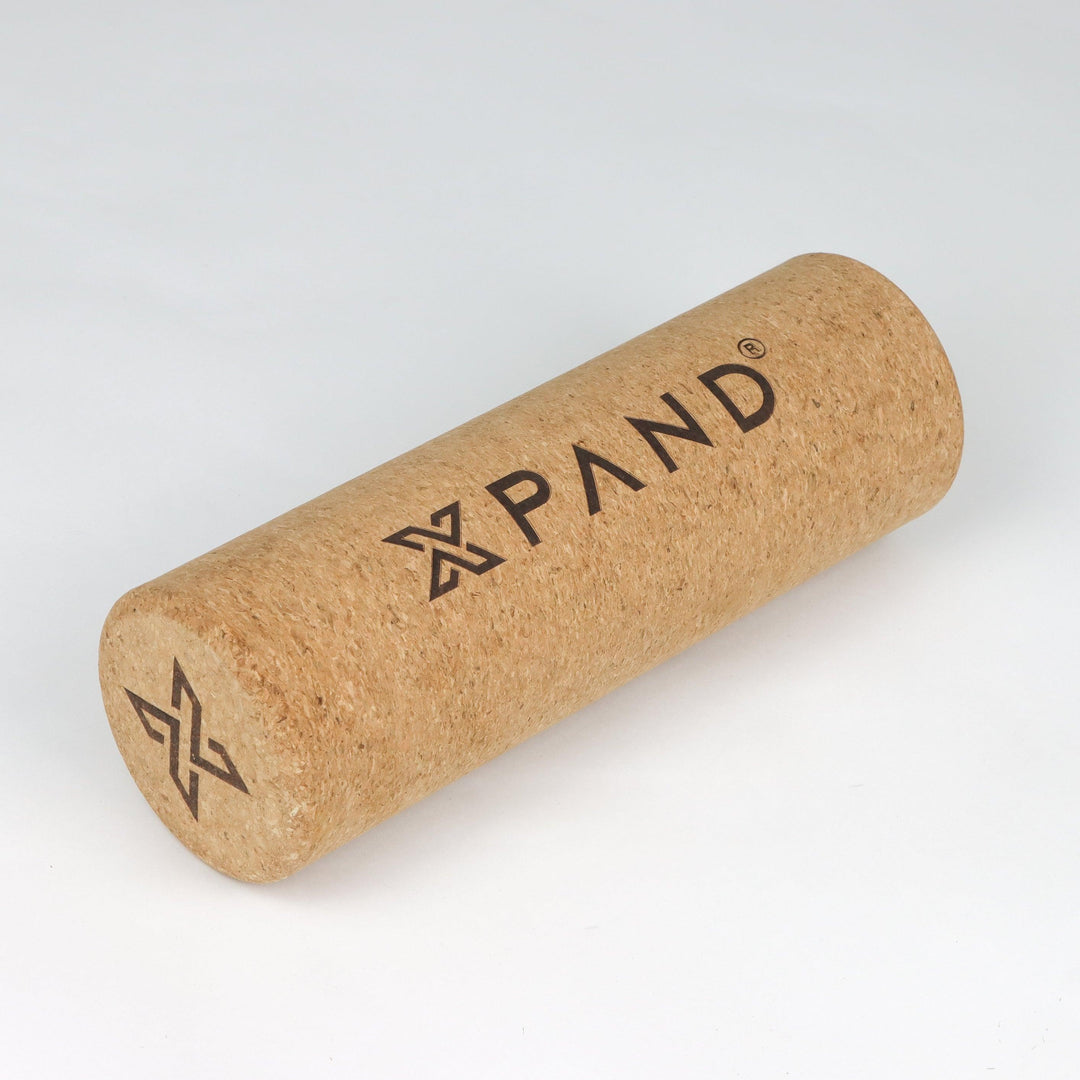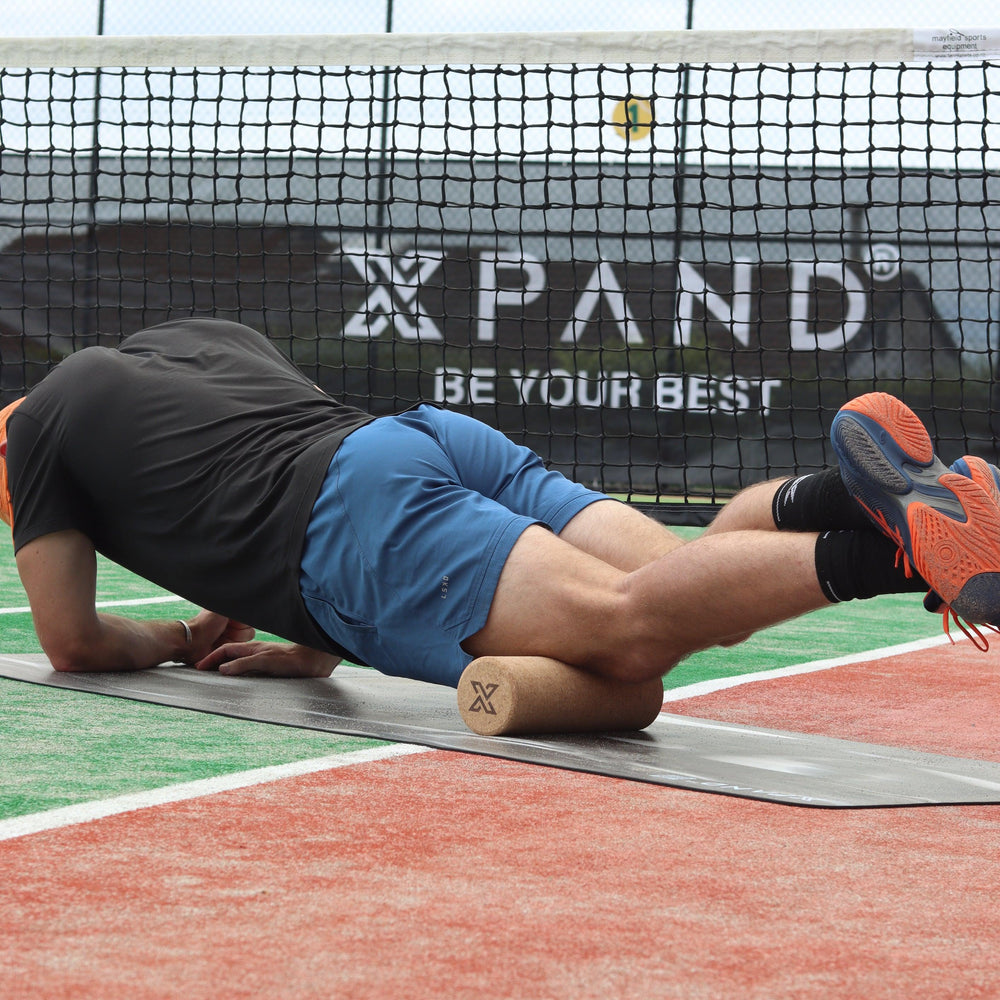Master Your Grip In Tennis
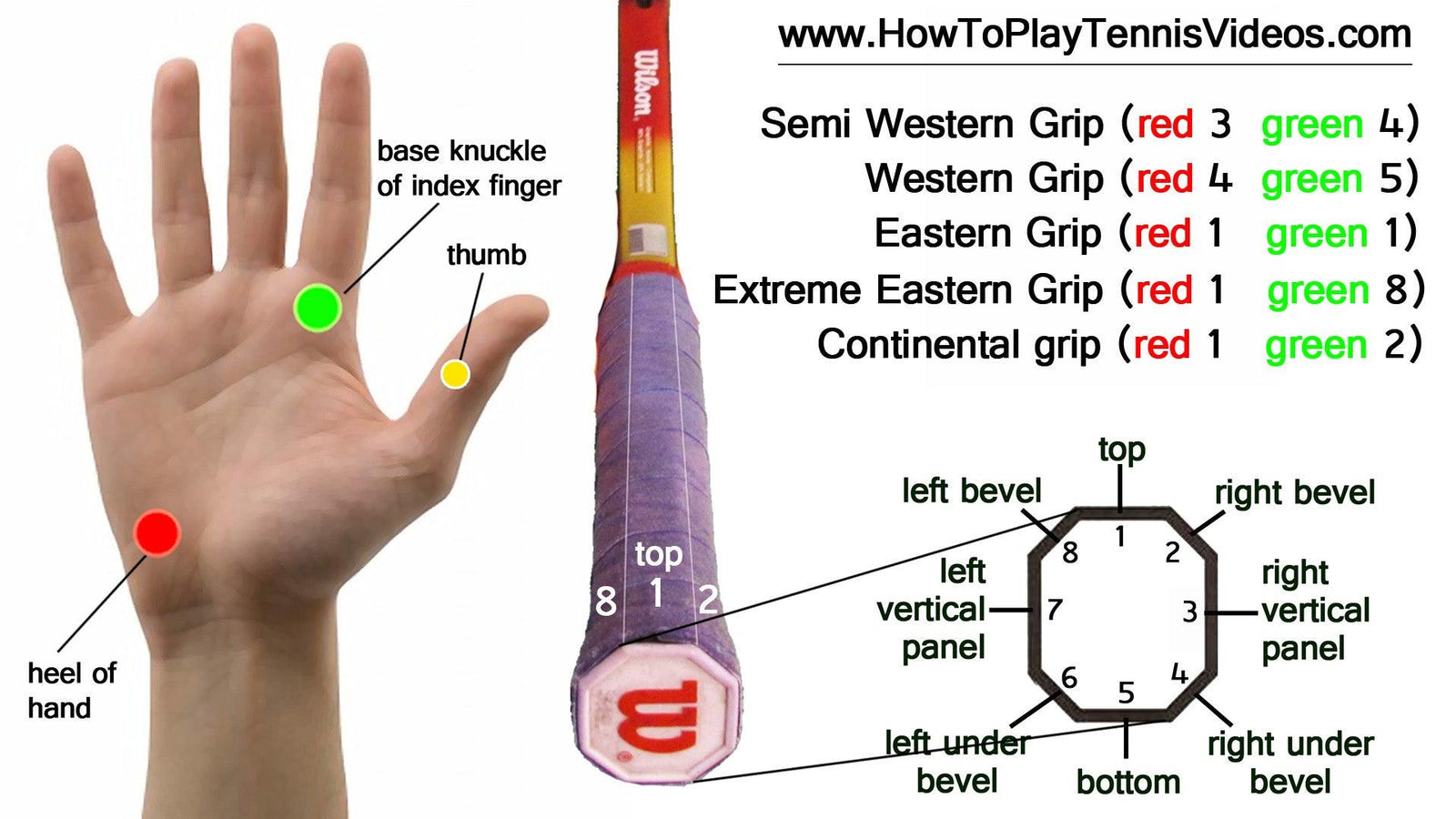
In the dynamic world of tennis, where every stroke and every point counts, mastering the art of grip is essential to take your game from good too great. Whether you're a beginner stepping onto the court for the first time or a seasoned player aiming to refine your technique, understanding the nuances of grip can significantly elevate your game. In this comprehensive guide, we delve into the importance of grip in tennis and provide invaluable insights to help you wield your racket with finesse and precision.
The Fundamentals of Grip: At the heart of every powerful serve, every accurate volley, and every controlled groundstroke lies the grip. It is the fundamental connection between player and racket, dictating the angle, spin, and pace of the ball.

For Tennis Forehands: three primary grip styles prevail: the Eastern Grip, the Semi-Western Grip and the Western Grip, each offering distinct advantages depending on the shot and playing style.
Eastern Grip:- The Eastern grip is a classic choice, favoured by many players for its versatility and stability.
- With the Eastern grip, the base knuckle of the index finger rests on bevel number three of the racket handle.
- This grip provides excellent control for flat shots, serves, and volleys, making it a popular choice among all levels of players. This grip is mildly common on the pro tour: Players like Federer and Tsitsipas both have eastern grip forehands.
- The Western grip, characterized by its extreme hand rotation, offers superior topspin potential.
- In this grip, the base knuckle of the index finger aligns with bevel number five or even further around the handle.
- Ideal for generating heavy topspin, the Western grip enables players to execute powerful forehands and high-bouncing shots with ease. This grip is the least common on the pro tour.
Semi-Western Grip:
- The Semi-Western grip, is a mid point between the eastern grip and the western grip.
- In this grip, the base knuckle of the index finger aligns with bevel number four.
- Ideal for generating a bit more topspin than the eastern grip while not sacrificing too much power. This grip is common on the pro tour.
For Tennis Backhands:
One-Handed Backhand
-
Eastern Backhand Grip:
- This is the most common grip for one-handed backhands, offering a good balance of power, control, and topspin potential. Place the base knuckle of your index finger on the top bevel of the racket (bevel 1). This grip allows you to hit with a slightly closed racket face, making it easier to drive through the ball with topspin.
- Best for: Players who want control and consistency.
-
Semi-Western Backhand Grip:
- With this grip, your knuckle is placed on bevel 8, slightly more toward the top of the handle than the Eastern. This grip can generate more topspin but is harder to manage for low balls. It’s less commonly used but works well if you’re comfortable with a higher shot trajectory.
- Best for: Players who want extra topspin and tend to play with a lot of topspin on the forehand as well.
Two-Handed Backhand
-
Continental Grip (Bottom Hand) + Eastern Forehand Grip (Top Hand):
- This combination is the classic two-handed backhand grip. Your dominant hand (bottom hand) is in a Continental grip, and your non-dominant hand (top hand) is in an Eastern forehand grip (for right handers this is your left hand on number 7). This setup provides a good blend of control and power, and you’ll have the flexibility to hit flat or with topspin.
- Best for: General use—works well on all surfaces and against different types of opponents.
-
Continental (Bottom Hand) + Semi-Western Forehand Grip (Top Hand):
- This setup places the bottom hand in a Continental grip and the top hand in a Semi-Western forehand grip. It’s an option for players who prefer a higher bounce and want to put more topspin on the ball, especially if you like to hit with a high net clearance.
- Best for: Players who like more topspin and a higher trajectory, often those comfortable with heavy top-spin baseline rallies.
The Importance of Grip Variation: While mastering a primary grip is crucial, the ability to adapt and employ different grips for various shots is equally essential. Tennis is a game of versatility, requiring players to adjust their grip seamlessly to meet the demands of different situations.
Serve:
For a dominant serve, players often utilize the Continental grip, which involves placing the base knuckle of the index finger on bevel number two.
-
- This grip facilitates precise ball placement and allows for efficient pronation, essential for generating speed and spin on serves.
Refining Your Technique: Beyond mastering the technical aspects of grip, honing your technique through practice and repetition is key to unlocking your full potential on the court. Focus on developing a relaxed grip pressure, allowing for fluid racket acceleration and precise ball contact. Additionally, pay attention to grip changes during shot execution, ensuring seamless transitions between grips for optimal performance. You can also play around with slightly tensing the grip strength on contact of the ball to add feel to the shots although be careful here not to get too tight as you will loose power.
Conclusion: In the intricate tapestry of tennis technique, grip serves as a cornerstone of success. By understanding the nuances of grip styles, mastering grip variation, and refining your technique, you can elevate your game to new heights, unleashing the full potential of your strokes. So, the next time you step onto the court, remember the power that lies in your grip—the power to dictate the trajectory of the ball, the outcome of the point, and ultimately, the course of the match.
If you want to enhance your grip, increase spin, decease chance of rubbing and improve comfort you should check out our best selling tennis finger tape here: https://www.xpandstore.com/products/tennis-finger-tape

